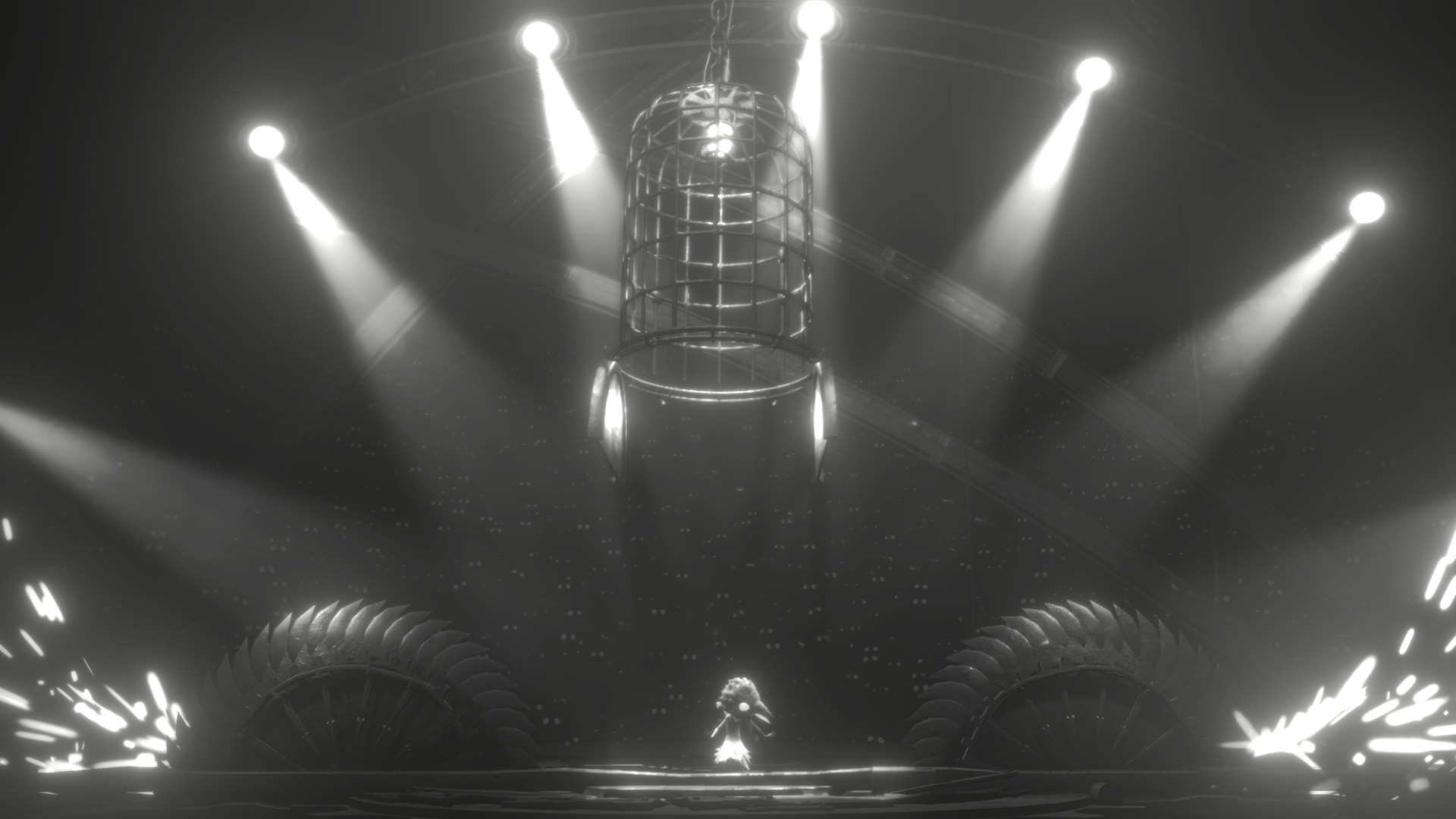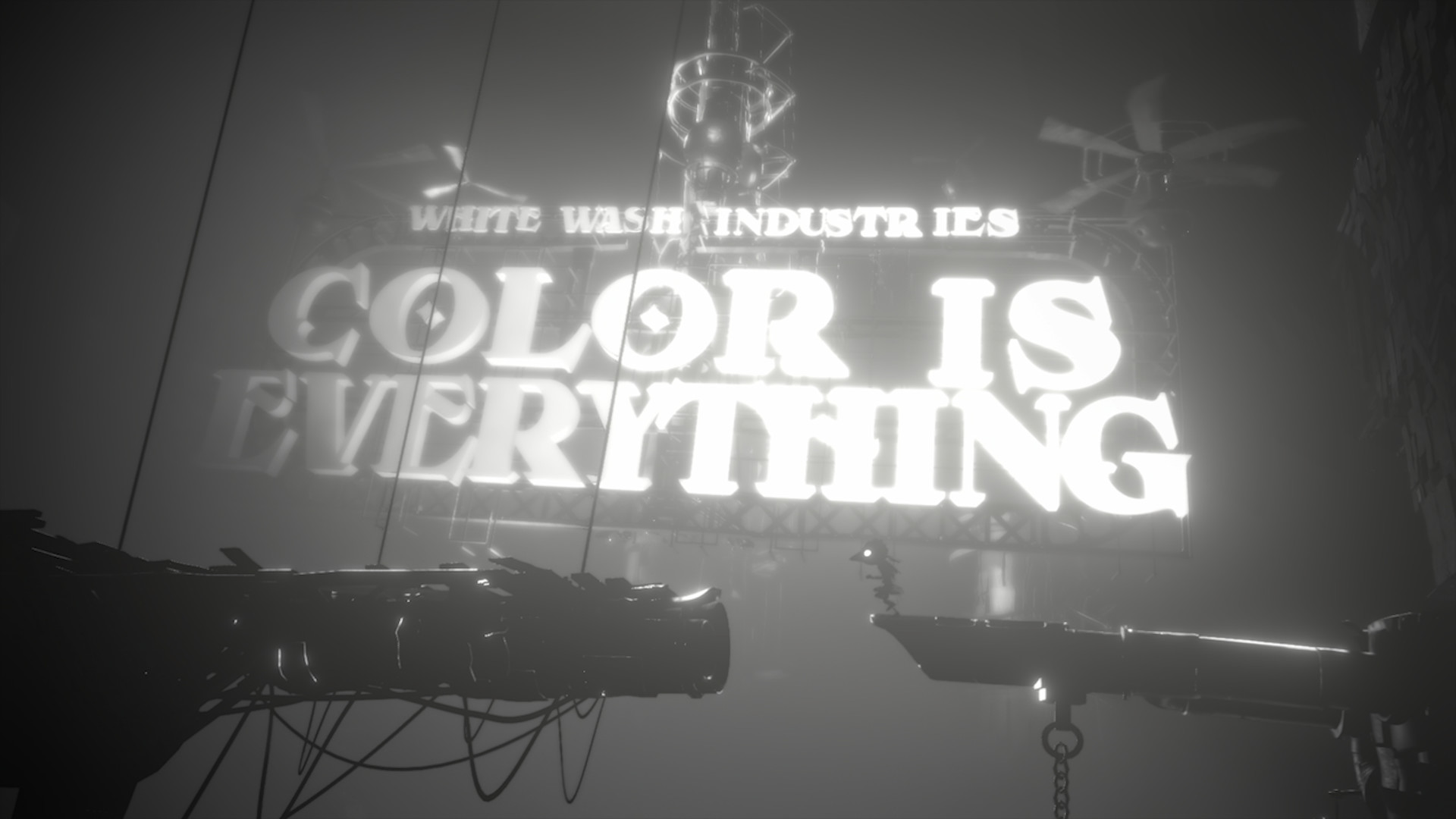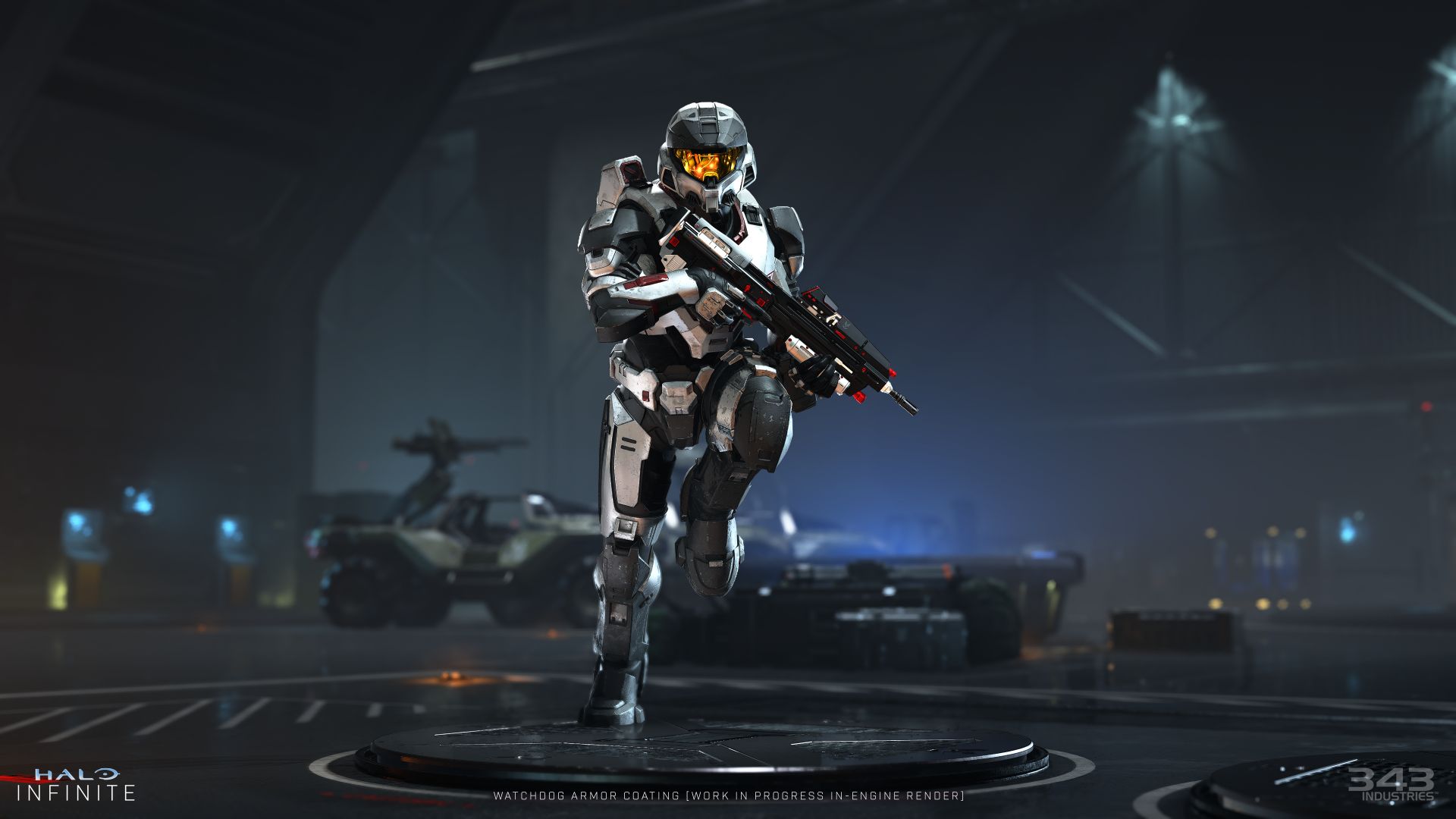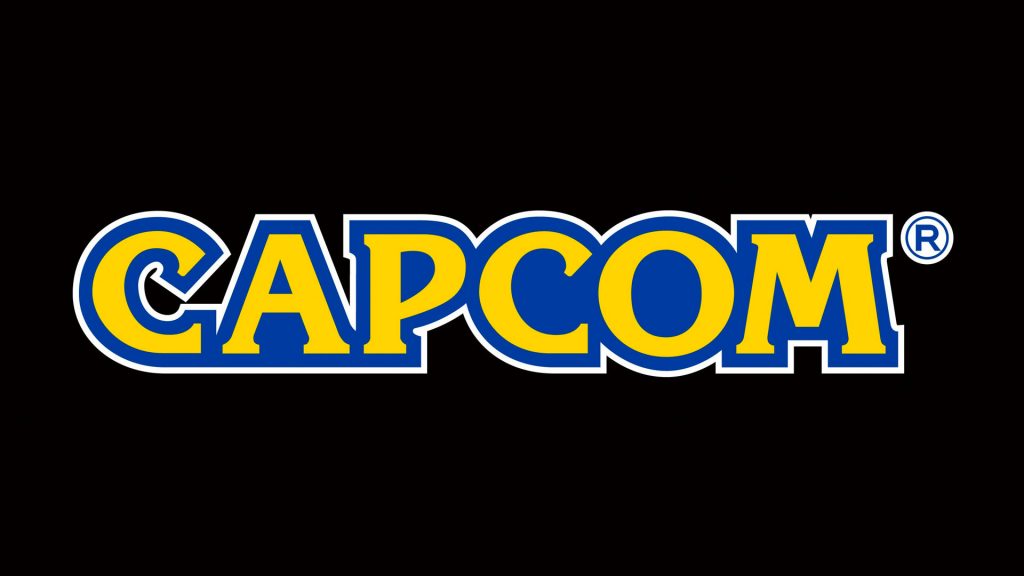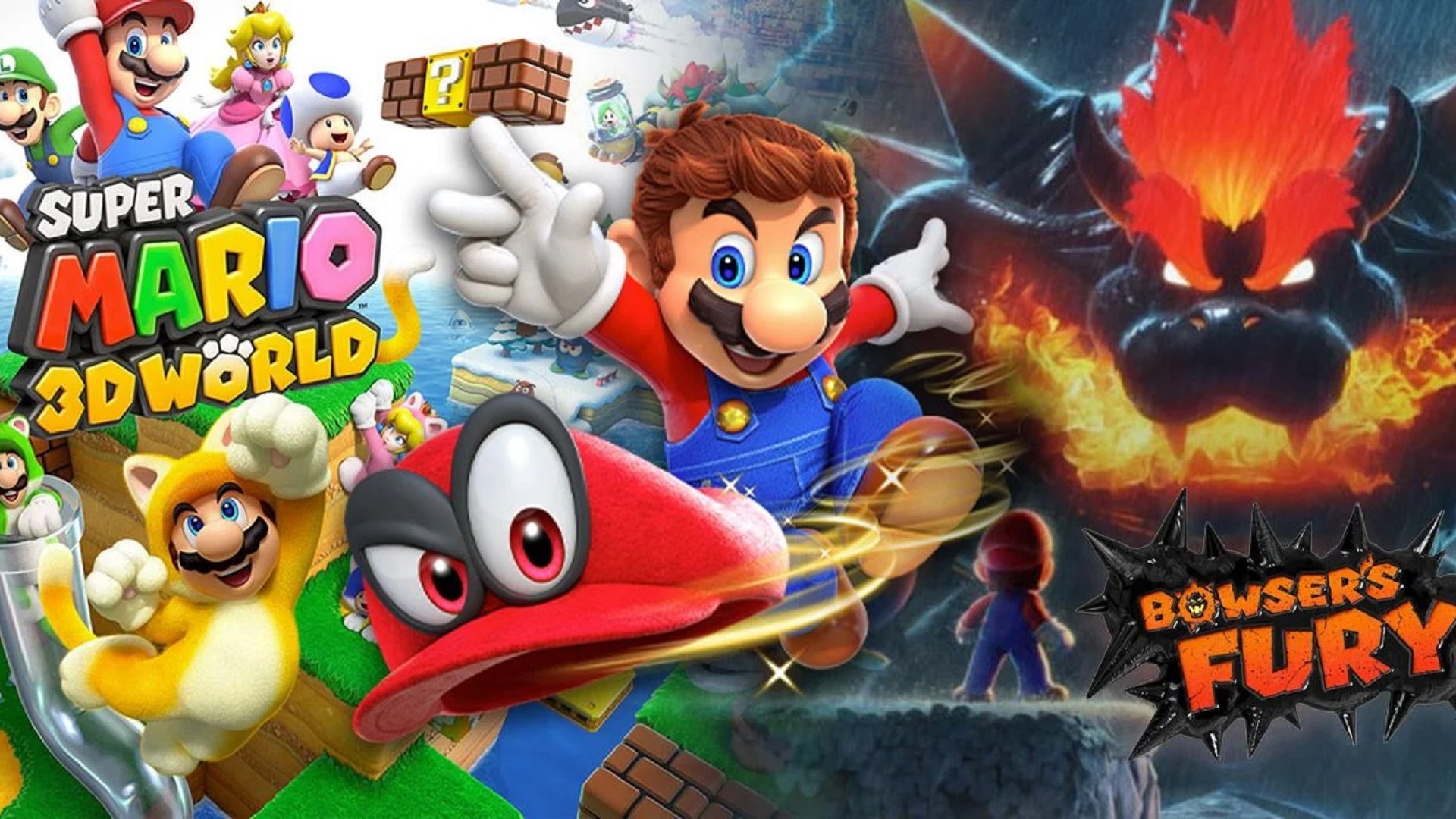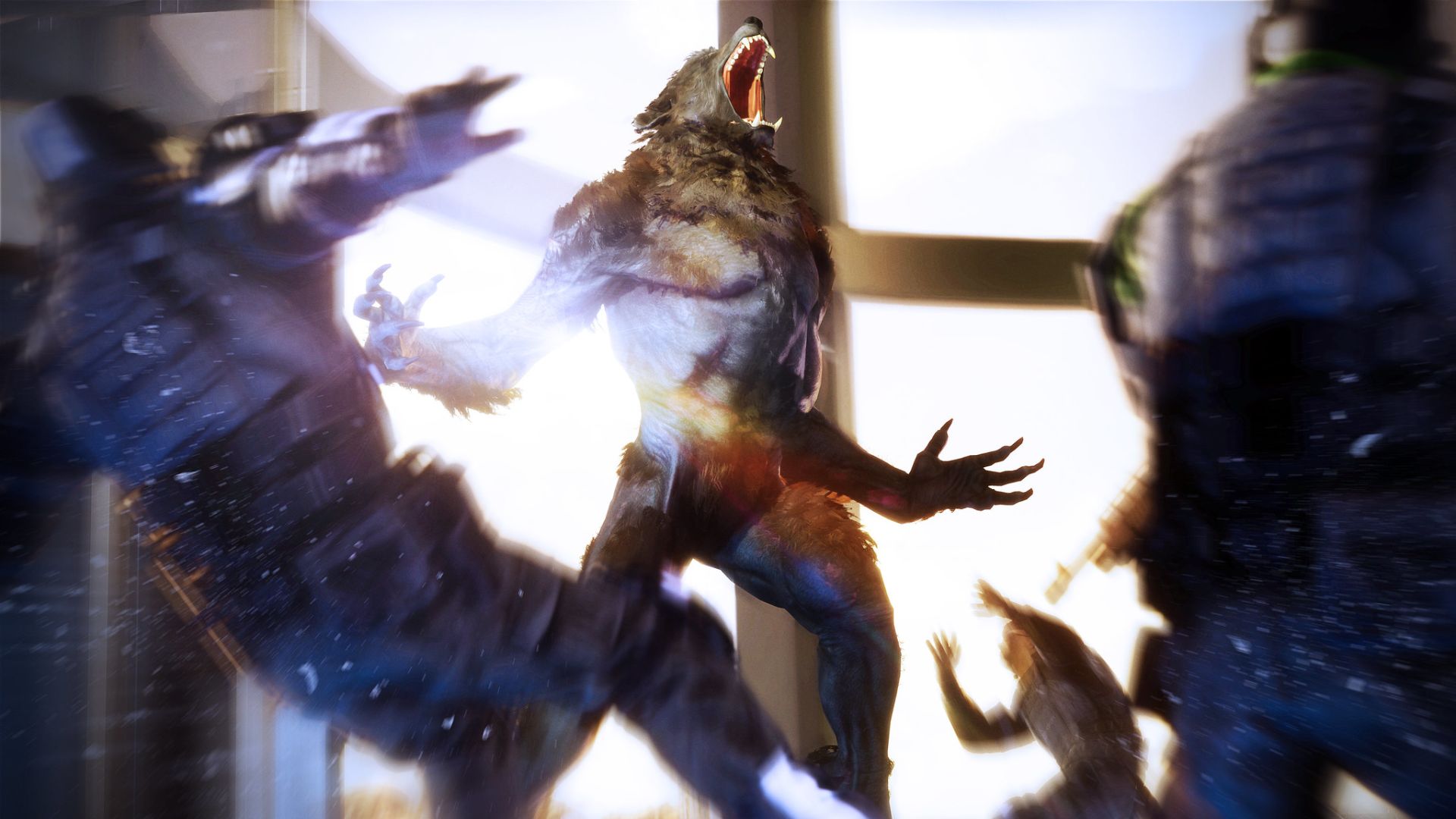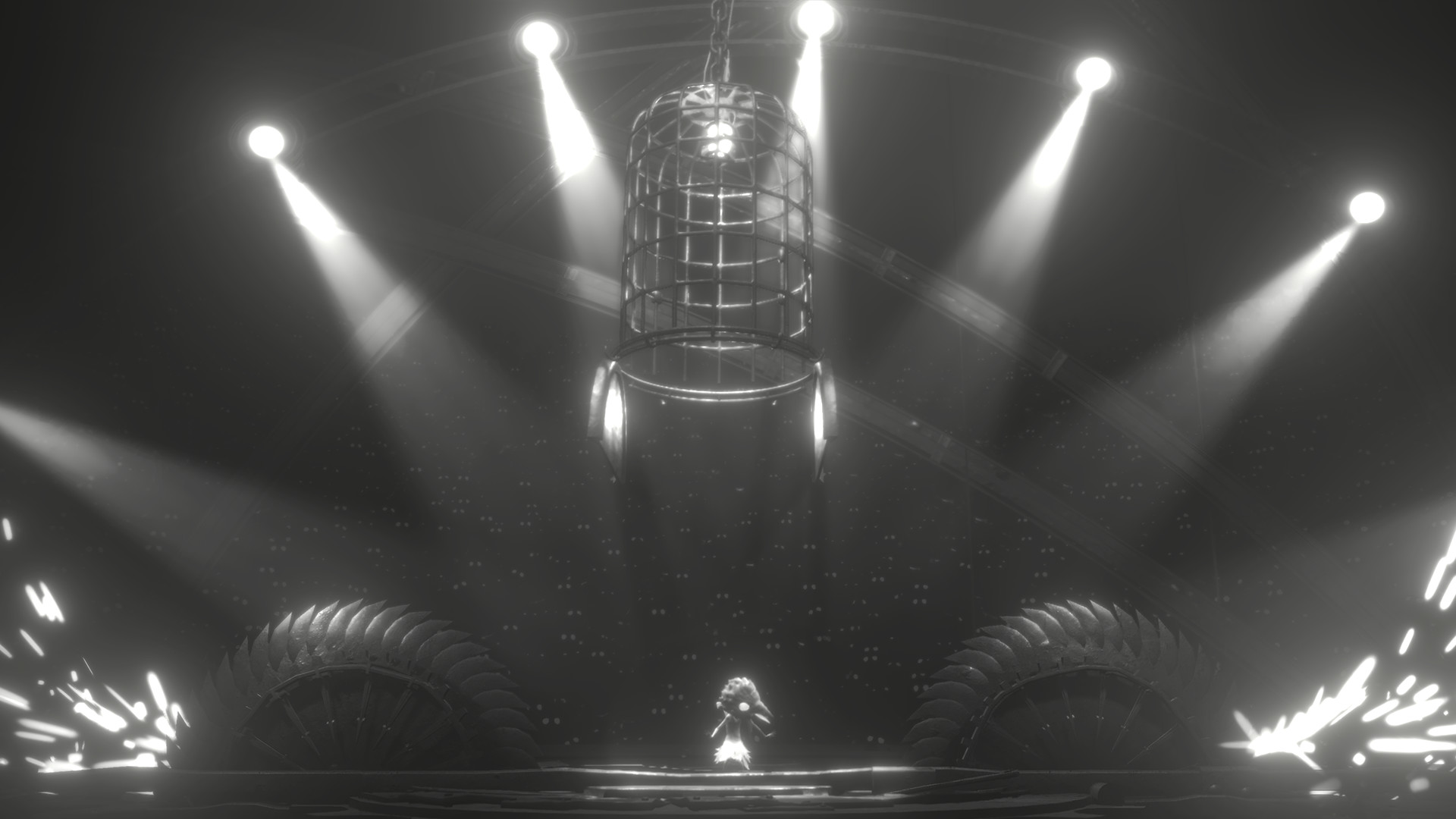
Set in a dystopian world where circumstances have plagued society with systemic racism and harmful propaganda, it’s clear at first glance that White Shadows has something meaningful to say. Something else that’s clear at first glance is just how strikingly beautiful it looks. Both these things are going to have a lot of work to do in the full game – solid execution is necessary for these aspects to truly land in a meaningful way – but White Shadows certainly has a lot of interesting ideas. To learn more about the game and what exactly developers Monokel’s vision it for it, we recently reached out to the team with some questions about its story, world, gameplay, and more. You can read our conversation with creative director Daniel Wagner below.
"White Shadows shows a world based on contrast. Rich and poor, powerful and powerless, light and darkness, despair and hope."
White Shadows has a striking visual aesthetic that immediately leaps out of the screen. How did you land on this look for the game?
It’s all based on a pretty simple concept. White Shadows shows a world based on contrast. Rich and poor, powerful and powerless, light and darkness, despair and hope… And it deals with some pretty serious topics – systemic racism, propaganda, a world that uses its citizens as resources instead of giving them civil liberties, a world that is kind of entertaining itself to death. It’s pretty heavy stuff at times, and you know, showing these things can be amazing, but it can also be horribly boring and preachy.
We felt the best way to show all that was by having a stylized way that would allow us to show everything we needed for the story, but never completely fantasy, so there’s still a connection to the real world. And we also wanted to make fun of things. It’s a world where the powerful control the powerless. The world is huge, and you play someone who is really small. So we have these monumental settings, but as we all know, the powerful can be really stupid. So everything is in disrepair, bent and broken and held together in strange ways. We wanted both the horror and the absurd fun of what people do in our world to pop out as much as possible. The game world is off and it’s weird, but also strangely familiar. And the game looks like that, too.
White Shadows’ setting and narrative premise seem rife for some very relevant commentary- is that much of a focus in the game?
Yes, it is. We want to speak about what’s going on in the world around us today. We feel like we’re part of this world and, like most people, we want to help make the world around us a little better, not worse. What you see in the game is our reflection of what we see in the real world we all share. The racism, the propaganda, a world that is growing apart and where people don’t really speak with each other anymore. It’s our little contribution to keep some important conversations going. And it’s also our effort to give you some awesome entertainment at the same time.
Is the light and shadows visual style equally important to the way the game tells its story and the way players interact with it through gameplay mechanics?
Yeah, absolutely. For us, the visuals and the mechanics are not separate parts. They are part of the same thing. Black & white graphics are a visual choice, but they also speak to a world that is divided into parts by powerful people. And power – or powerlessness – is very much part of the gameplay experience. Having strong contrasts of light and shadows is a visual style, but it’s also a mechanic – light can be your enemy in this world, with people looking for you, but it’s also necessary to see things, obviously. It helps create a tension where you’re never quite sure what to expect.
"For us, the visuals and the mechanics are not separate parts. They are part of the same thing. Black & white graphics are a visual choice, but they also speak to a world that is divided into parts by powerful people."
What was behind the idea of occupying the game’s dystopian world with animals and anthropomorphic denizens?
Well, we’re all animals in some way, aren’t we? In its essence, White Shadows is a modern fable. We aim to tell a universal story through the things we all understand intuitively. Wolves are bad, rats are mean, pigs are dirty, sheep just bleat along and repeat what the other sheep are saying. But then, is that really true? Are things really that simple? We want to show a world of stereotypes – and then let the player decide if this allocation are true or not.
White Shadows promises a story that is dark yet funny- which is an exciting prospect, but a hard balance to strike. Can you talk to us about that, and how White Shadows goes about achieving that?
It’s always a question of how the game flows. In the end, our players will hopefully laugh and cry and cringe at what they see on the screen and what they feel playing the game. It always goes back to the world of our game – it’s a pretty dark setting which is loaded with connections to the real world we have around us. But it can also be really boring and depressing when dark stories are just dark and nothing else. For darkness to be truly dark, you need light as a contrast. For something to be funny, you need something serious next to it. It’s those contrasts that give ideas their full expression. When I play a game, I don’t want to just feel one thing – I want to feel everything. And so “dark yet funny” is not actually a paradox for us. It’s necessary to tell the story in the way it should be told.
Can players expect to learn much about the history and backstory of the game’s world through the course of its story?
Yes, they can. There are scenes specifically built around understanding the backstory of the game world and the origin story of our little heroine. The main thing is for us is to tell our story through gameplay – so when there’s something to understand in the world, we make sure that we give it to you in a playable way and not in a cutscene. We want to keep up the flow of the game at all time and tell you a great story – but in a way that enables you to decide for yourself what that story means.
Roughly how long will an average playthrough of White Shadows be?
I’d say 3 to 4 hours, more or less the same length as games like Little Nightmares or Inside. But of course, play time is always hard to estimate. We are doing our best to make the game accessible to people who don’t usually play a lot of games – while keeping it challenging for everybody else.
Do you have any plans to launch on the Switch?
Yes, we have plans for that, but not right away. For the launch, we will focus on PC and next-gen consoles and then we’ll see if you guys like it.
"When I play a game, I don’t want to just feel one thing – I want to feel everything. And so “dark yet funny” is not actually a paradox for us. It’s necessary to tell the story in the way it should be told."
While most multiplatform games are choosing to launch as cross-gen titles in the early stages of the coming generation, White Shadows is exclusively on PC and next-gen consoles. Can you talk to us about how you arrived at that decision?
Well, you can’t always get what you want. Part of the reality of being a small team is that you must focus your efforts. Of course, we would like to make our games available for all players on all platforms at the same time. Every creator wants to get their stuff out there and we’re no different. We want to make it possible for everybody to enjoy our games on their preferred system. But we are a small team trying to build something extraordinary, and for that to have a chance, we must focus.
White Shadows depends to a large extent on big, detailed scenarios with minimal loading times, and that obviously needs enough hardware power to run fluently. Going PC and next-gen has its own challenges, but at least the hardware isn’t a big issue. And so, we don’t have to spend too much time on performance issues and can instead focus our efforts on where they should go: making the best possible experience for the players.
